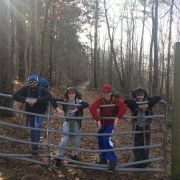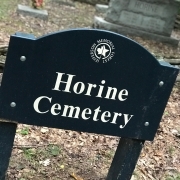If You have a Teenager You Better Know about Vaping
Alarming Trends: -Currently 1 in 4 Middle School and High School students have used a vape pen or e-cigarette, 1 in 6 over the past 30 days. -There is evidence to suggest that e-cigarette use increases the risk of using combustible cigarettes. -Nearly 6 in 10 cigarette users also us e-cigarettes. This is a two-way…





